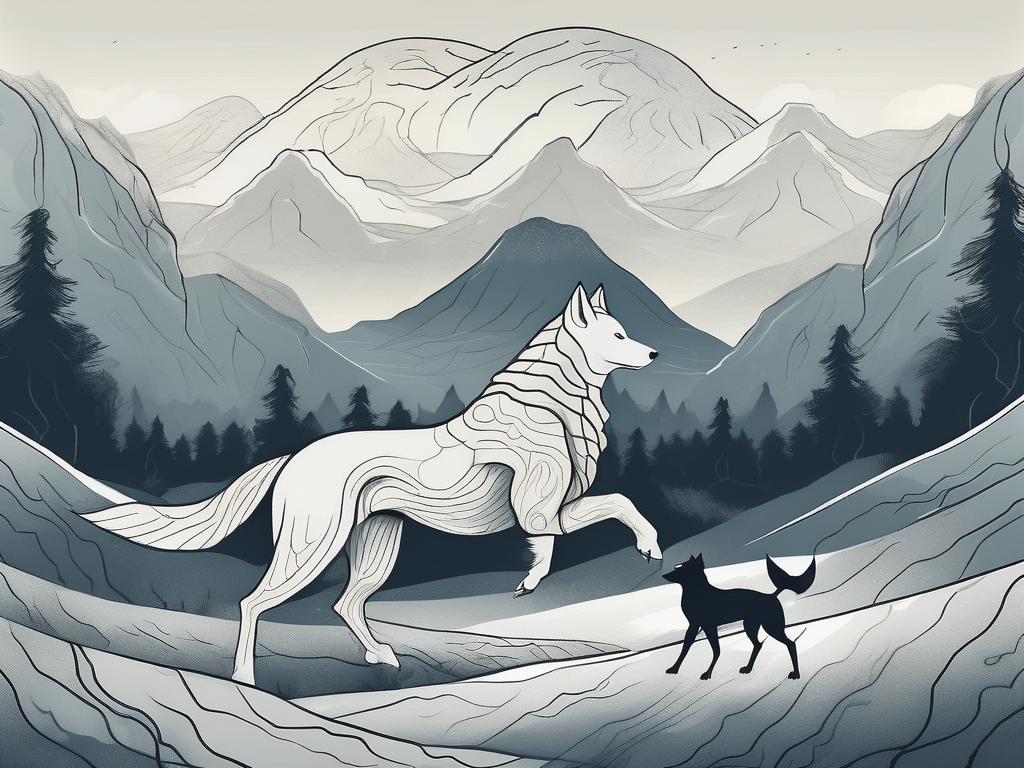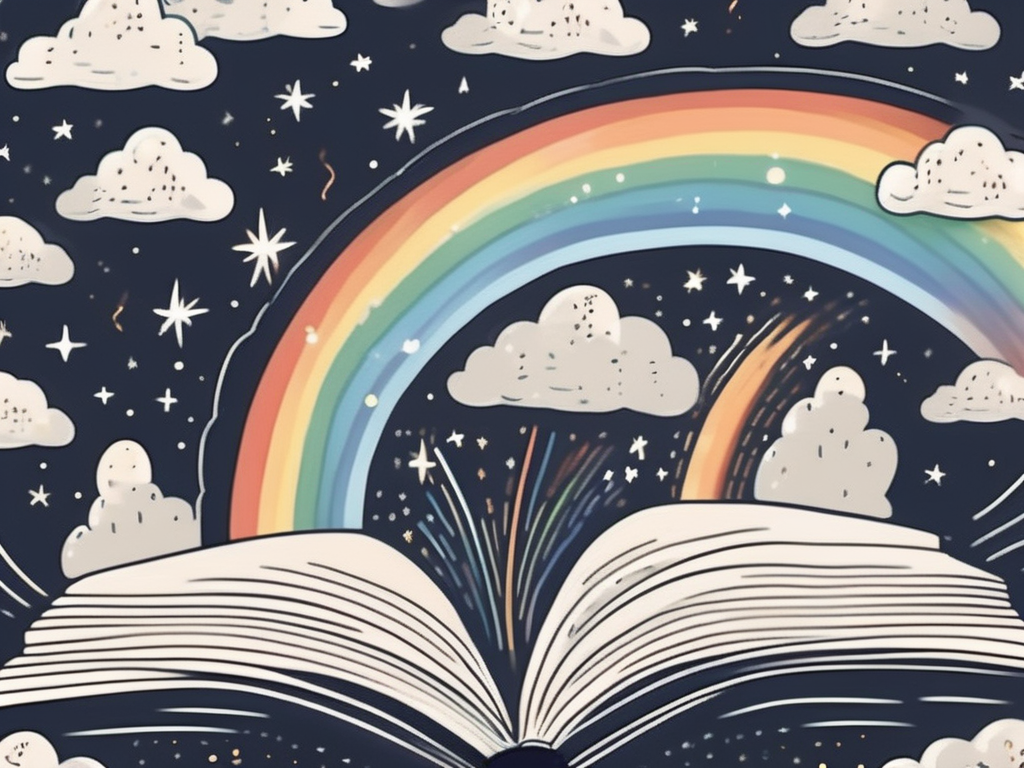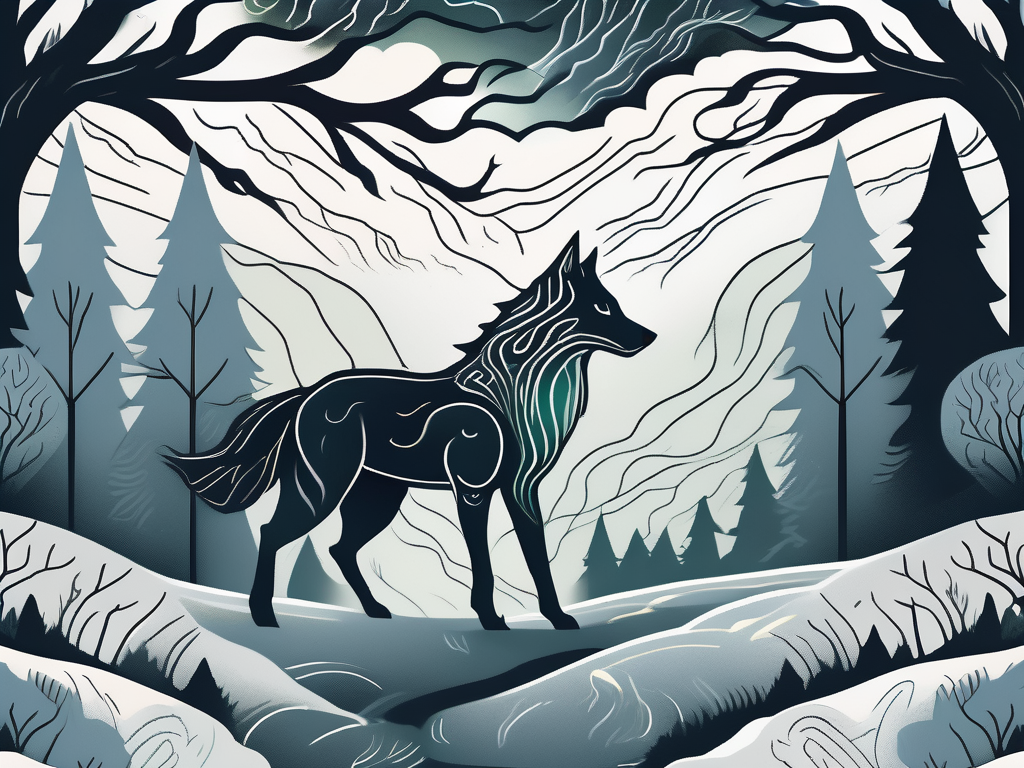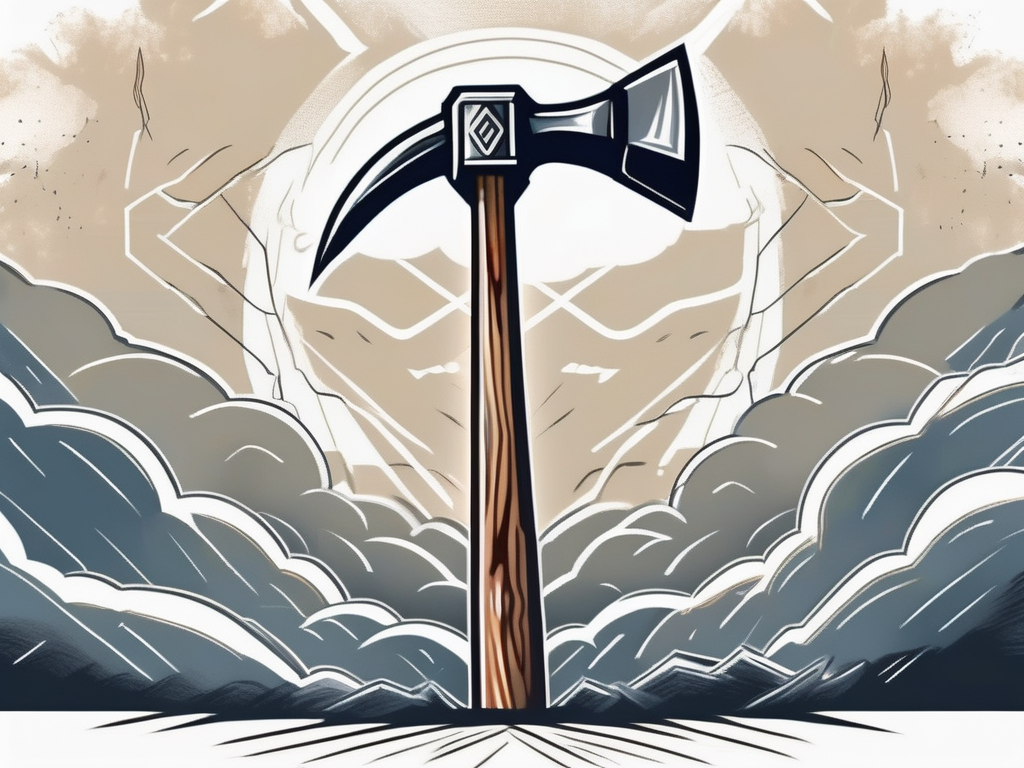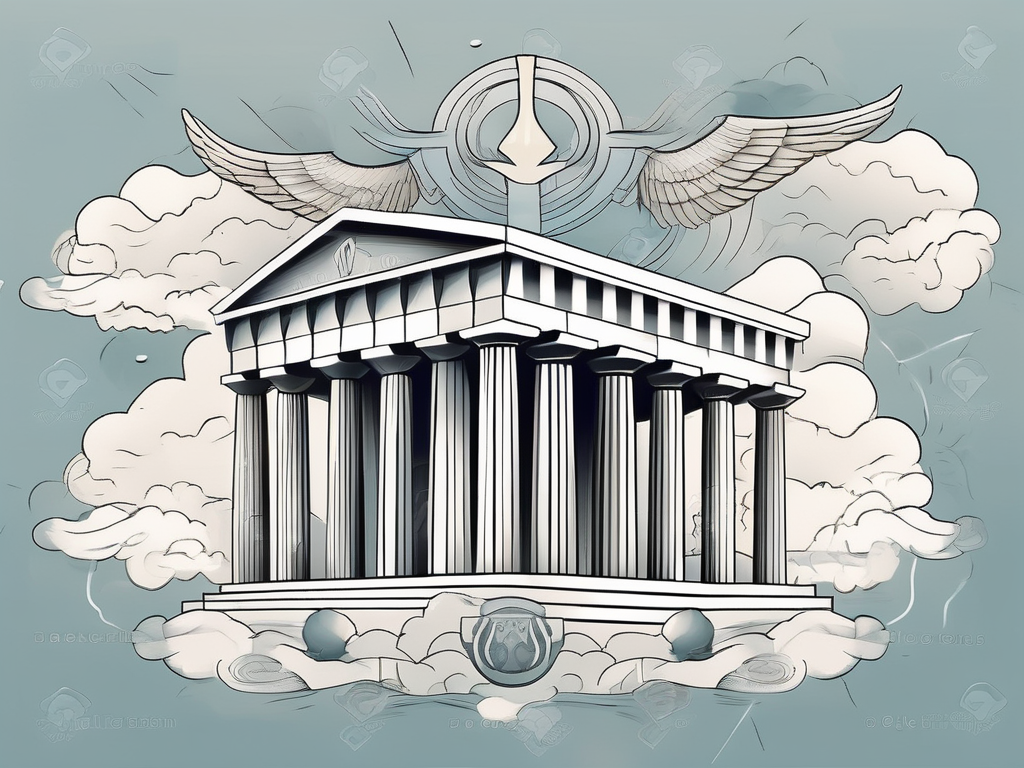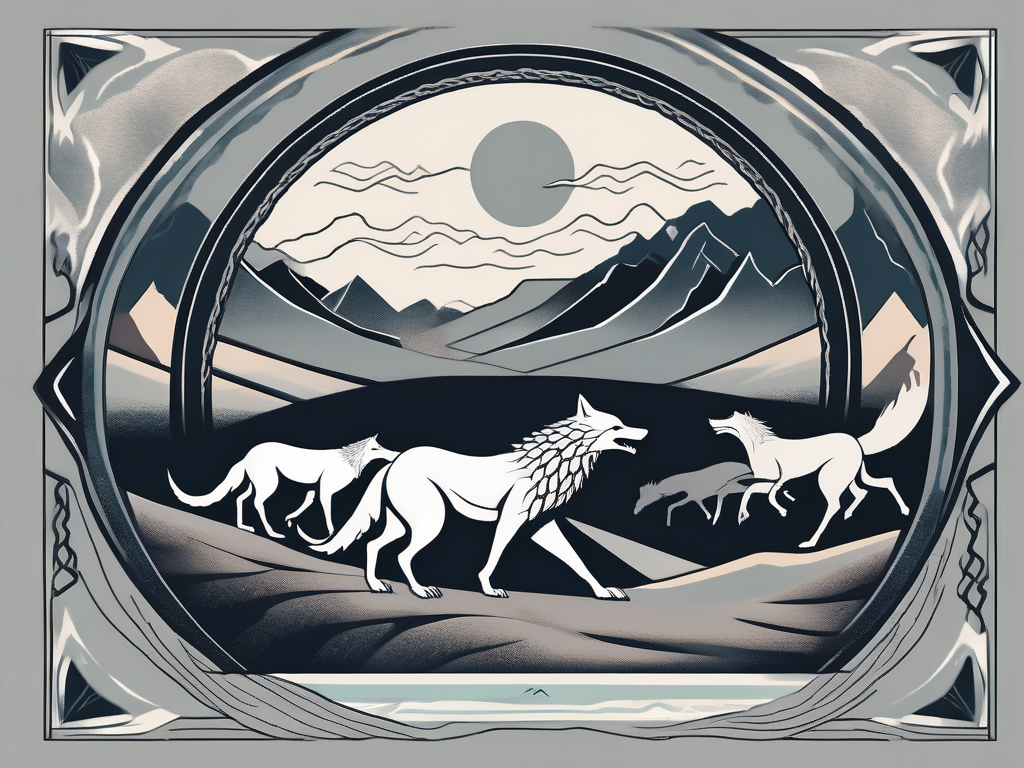In Norse mythology, animals played a significant role in shaping the rich tapestry of tales and legends that make up this ancient belief system. From the awe-inspiring creatures of the Norse pantheon to the lesser-known beings that lurk in the shadows, the animals in Norse mythology captivate our imagination and offer deeper insights into the Viking society and their worldview.
Understanding Norse Mythology
Before we dive into the captivating world of Norse mythology’s animals, let’s first gain a better understanding of this ancient belief system. Norse mythology refers to the myths, legends, and folklore that formed the basis of the spiritual beliefs of the Norse people, who were the ancient inhabitants of Scandinavia.
The Norse people had a rich and complex mythology that encompassed a wide range of gods, goddesses, heroes, and creatures. Their mythology provided them with a framework for understanding the world around them and their place in it. It was a way for them to make sense of the natural phenomena they encountered, as well as the complexities of human existence.
At the heart of Norse mythology were the gods and goddesses, who represented various aspects of the natural world and human experience. These deities were not distant and detached figures, but rather active participants in the lives of mortals. They could be benevolent and helpful, but also capricious and vengeful.
The Significance of Animals in Norse Mythology
Animals held great importance in Norse mythology, symbolizing various traits and embodying different gods and goddesses. The Vikings believed animals had spiritual connections and served as messengers between the mortal realm and the divine.
One of the most well-known animals in Norse mythology is the mighty wolf Fenrir. Fenrir was the son of the trickster god Loki and the giantess Angrboda. He was a fearsome and powerful creature, destined to bring about the destruction of the gods during the events of Ragnarok, the end of the world. Fenrir symbolized chaos and destruction, and his presence in the mythology served as a reminder of the fragility of the gods’ power.
Another important animal in Norse mythology is the serpent Jormungandr, also known as the Midgard Serpent. Jormungandr was a massive sea serpent that encircled the world, biting its own tail. It was one of the children of the god Loki and was destined to fight against the god Thor during Ragnarok. Jormungandr represented the forces of chaos and the constant threat of destruction that loomed over the world.
The Role of Mythology in Viking Society
Mythology played a crucial role in Viking society, serving as a guide for their actions and providing explanations for the natural phenomena they encountered. Through myths and legends, they honored their gods, passed down ancestral wisdom, and preserved their cultural heritage.
For the Vikings, mythology was not just a collection of stories; it was a living tradition that shaped their worldview and influenced their daily lives. It provided them with moral and ethical guidelines, as well as a sense of identity and belonging. The gods and goddesses served as role models and exemplars of virtuous behavior, while the myths themselves offered valuable lessons about the consequences of actions and the importance of honor and bravery.
In addition to its moral and cultural significance, mythology also played a practical role in Viking society. It provided explanations for natural phenomena such as thunder, lightning, and the changing of the seasons. By understanding the stories behind these events, the Vikings were able to navigate their environment more effectively and make sense of the world around them.
Overall, Norse mythology was a rich and multifaceted belief system that shaped every aspect of Viking society. It provided them with a sense of purpose and meaning, as well as a way to understand and interact with the world. The animals in Norse mythology were not just symbolic figures; they were integral to the fabric of the mythology itself, representing the complex and interconnected nature of the Norse worldview.
The Mighty Creatures of the Norse Pantheon
At the heart of Norse mythology lies a pantheon of deities, each associated with awe-inspiring animals that embody their power and attributes. Let’s delve into some of these mighty creatures and explore the legends surrounding them.
Fenrir: The Monstrous Wolf
One of the most feared creatures in Norse mythology is Fenrir, a monstrous wolf and the son of Loki. Fenrir’s ferocious nature and immense strength made him a symbol of chaos and destruction. According to prophecy, Fenrir would play a pivotal role in the apocalyptic event known as Ragnarok, where he would battle against the gods themselves.
Legend has it that Fenrir was so powerful that the gods feared his potential to wreak havoc on the world. To prevent this, they attempted to bind him with unbreakable chains. However, Fenrir’s strength proved to be too great, and he broke free from each restraint with ease. It was only through the cunning and sacrifice of the god Tyr that Fenrir was finally subdued.
Despite his fearsome reputation, Fenrir was not always a creature of pure malevolence. In some tales, he is portrayed as a tragic figure, driven by a sense of betrayal and a desire for revenge against the gods who sought to control him. This complexity adds depth to Fenrir’s character and makes him a fascinating figure in Norse mythology.
Jormungandr: The World Serpent
Jormungandr, also known as the Midgard Serpent, is another captivating creature in Norse mythology. This immense serpent encircles the world, biting its own tail. As a symbol of the cyclical nature of life and death, Jormungandr embodies both chaos and renewal.
According to legend, Jormungandr was born from the union of Loki and the giantess Angrboda. Recognizing the threat that the serpent posed, the gods cast Jormungandr into the ocean, where he grew to enormous size. It is said that his body is so long that he encircles the entire world, forever locked in a perpetual embrace with his own tail.
Jormungandr’s presence in Norse mythology is closely tied to the prophecy of Ragnarok. It is foretold that during this cataclysmic event, Jormungandr will rise from the depths of the ocean, engaging in a fierce battle with Thor, the god of thunder. Their clash will ultimately result in the mutual destruction of both serpent and god, signaling the end of the world as it is known.
Sleipnir: Odin’s Eight-Legged Steed
Sleipnir, the eight-legged horse, stands out among the pantheon of mythical creatures. Born from the union of Loki in the form of a mare and a majestic stallion, Sleipnir possesses incredible speed and agility that enables him to traverse the realms. This extraordinary steed serves as Odin’s loyal companion and aids him in his travels across the cosmos.
Legend has it that Sleipnir’s birth was the result of a bet between Loki and a group of dwarves. The dwarves challenged Loki to prove his skill in craftsmanship, wagering their lives in exchange for a masterpiece. In order to fulfill the bet, Loki transformed himself into a mare and seduced the stallion, Svadilfari. The result of their union was Sleipnir, a horse like no other.
Sleipnir’s eight legs grant him unparalleled speed and agility, allowing him to traverse the realms with ease. This makes him an invaluable asset to Odin, who often embarks on journeys to gather knowledge and seek wisdom. It is said that Sleipnir can gallop across land, sea, and air, effortlessly bridging the gaps between worlds.
As Odin’s trusted companion, Sleipnir has played a significant role in many Norse myths and legends. He has aided the gods in their battles, carried fallen heroes to Valhalla, and even participated in the hunt for the monstrous wolf, Fenrir. Sleipnir’s loyalty and extraordinary abilities make him a beloved and revered figure in Norse mythology.
Lesser-Known Animals in Norse Mythology
While the mightiest creatures of Norse mythology often steal the spotlight, there are also numerous lesser-known animals that embody their own intriguing tales and folklore. Let’s explore a few of these hidden gems of Norse mythology.
Ratatoskr: The Gossiping Squirrel
Ratatoskr, a mischievous squirrel, spends its days scurrying up and down Yggdrasil, the World Tree. This lively creature acts as a messenger, carrying insults and messages between the wise eagle perched on the highest branch and the ill-tempered serpent gnawing at the tree’s roots.
Huginn and Muninn: Odin’s Ravens
Odin, the Allfather, possesses two loyal and intelligent companions in the form of two ravens, Huginn and Muninn. These majestic birds act as Odin’s eyes and ears, flying across the nine realms to gather knowledge and bring back tidings to their god.
Gullinbursti: Freyr’s Golden Boar
Freyr, the god associated with fertility and prosperity, is accompanied by the majestic golden boar named Gullinbursti. This enchanted creature radiates light and possesses the power to illuminate even the darkest of realms. Gullinbursti serves as a symbol of abundance and prosperity, reflecting Freyr’s benevolent influence.
The Symbolism of Animals in Norse Myths
Beyond their individual legends, animals in Norse mythology hold deeper symbolism that sheds light on the Viking culture and their beliefs.
The Role of Birds in Norse Mythology
Birds held special significance in Norse mythology. They often represented messengers between the gods and humans, carrying news and omens. Ravens, in particular, were associated with wisdom and were believed to whisper secrets into the ears of the gods.
The Importance of Serpents and Dragons
Serpents and dragons were prevalent in Norse mythology, symbolizing power, cunning, and chaos. Often associated with the cycle of life and death, these serpentine creatures embodied both creation and destruction, reflecting the ever-changing nature of existence.
The Significance of Horses in Viking Lore
Horses held immense importance in Viking culture, symbolizing strength, grace, and utility. They were not only used for transportation and warfare, but they also played a vital role in religious rituals and were considered sacred companions. The connection between the Norse and their horses ran deep, and these majestic creatures were often depicted in various myths and legends.
In Conclusion
The fascinating animals of Norse mythology offer us a captivating glimpse into the world of the Vikings. Through their legends, we gain a greater understanding of their values, their view of the cosmos, and the intricate web of connections between gods, humans, and the natural world. So, let us continue to marvel at these mythical creatures and honor the legacy they left behind in the enduring tales of Norse mythology.
